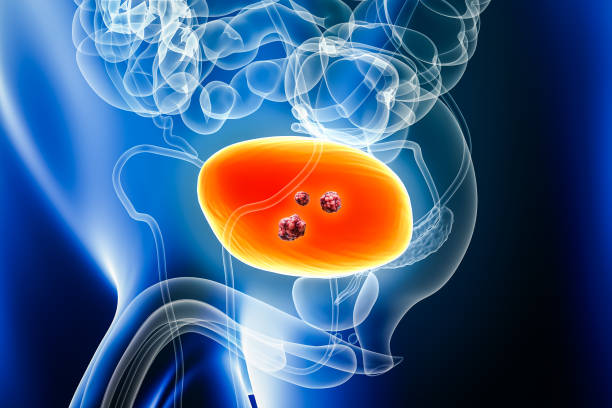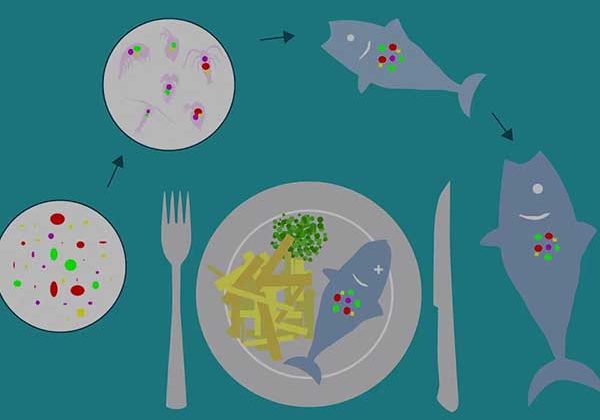Mechanism of Longer and Deeper Sleep After an All-Nighter
Professor Hiroki R. Ueda (RIKEN Center for Functional Biology, concurrently team lead), Dr. Kazuhiro Kon (at the time of the research, currently a postdoctoral fellow at Johns Hopkins University) and their colleagues at Graduate School of Medicine, The University of Tokyo, have elucidated the importance of proper regulation of the activity of parvalbumin (PV)-expressing neurons, the major inhibitory neurons*1 in the cerebral cortex, in the long, deep sleep (rebound sleep) that occurs after prolonged wakefulness.
We have all experienced at one time or another that when we are sleep deprived, such as when we pull an all-nighter, we feel a strong sense of sleepiness, and our subsequent sleep is longer and deeper than usual. This indicates that the brain has a mechanism (sleep homeostasis) that records the history of wakefulness and compensates for the sleep needed based on that history. However, the mechanism of sleep homeostasis in the brain is not well understood.
By experimentally depriving mice of sleep, this research group showed that PV-expressing neurons in the cerebral cortex are activated when sleepiness increases and rebound sleep occurs. Furthermore, they elucidated that the activation of calcium/calmodulin-dependent kinase II (CaMKII)*2, a protein phosphorylation enzyme, causes rebound sleep by activating PV-expressing neurons in response to sleepiness.
This study reveals a part of the molecular and neural mechanisms of sleep homeostasis, one of the major mysteries of sleep science. These results are expected to lead to the development of methods to appropriately control sleepiness while quantitatively monitoring it.
This result was obtained from JST Strategic Basic Research Programs ERATO: Research Project “UEDA Biological Timing.” The project aims to elucidate the biological timing mechanisms underlying sleep-wake cycles by applying state-of-the-art technology in mouse genetics and human sleep measurement techniques.
*1 Inhibitory and excitatory neurons
Inhibitory and excitatory neurons are the two primary types of neurons in the nervous system, and they have different functions. Excitatory neurons release neurotransmitters (mainly glutamate) that increase the probability of action potential generation and promote target cell activity. Meanwhile, inhibitory neurons inhibit target cell activity by releasing neurotransmitters (mainly GABA) that reduce the probability of action potential generation.
*2 CaMKII
It is abundant in neurons and is activated by calcium/calmodulin binding. The α, β, δ, and γ subtypes are known, and these subunits form a dodecamer. As a kinase, it phosphorylates other proteins and forms complexes with various proteins to regulate neuronal function.
Full bibliographic information
Published on 13/08/2024 by Japan Science and Technology Agency (JST)
About: “Cortical parvalbumin neurons are responsible for homeostatic sleep rebound through CaMKII activation”
Nature Communications. Published online July 18, 2024
doi:10.1038/s41467-024-50168-5
Authors: Kazuhiro Kon, Koji L. Ode, Tomoyuki Mano, Hiroshi Fujishima, Riina R. Takahashi, Daisuke Tone, Chika Shimizu, Shinnosuke Shiono, Saori Yada, Kyoko Matsuzawa, Shota Y. Yoshida, Junko Yoshida Garçon, Mari Kaneko, Yuta Shinohara, Rikuhiro G. Yamada, Shoi Shi, Kazunari Miyamichi, Kenta Sumiyama, Hiroshi Kiyonari, Etsuo A. Susaki and Hiroki R. Ueda
Article: https://www.jst.go.jp/pr/announce/20240722/index_e.html





